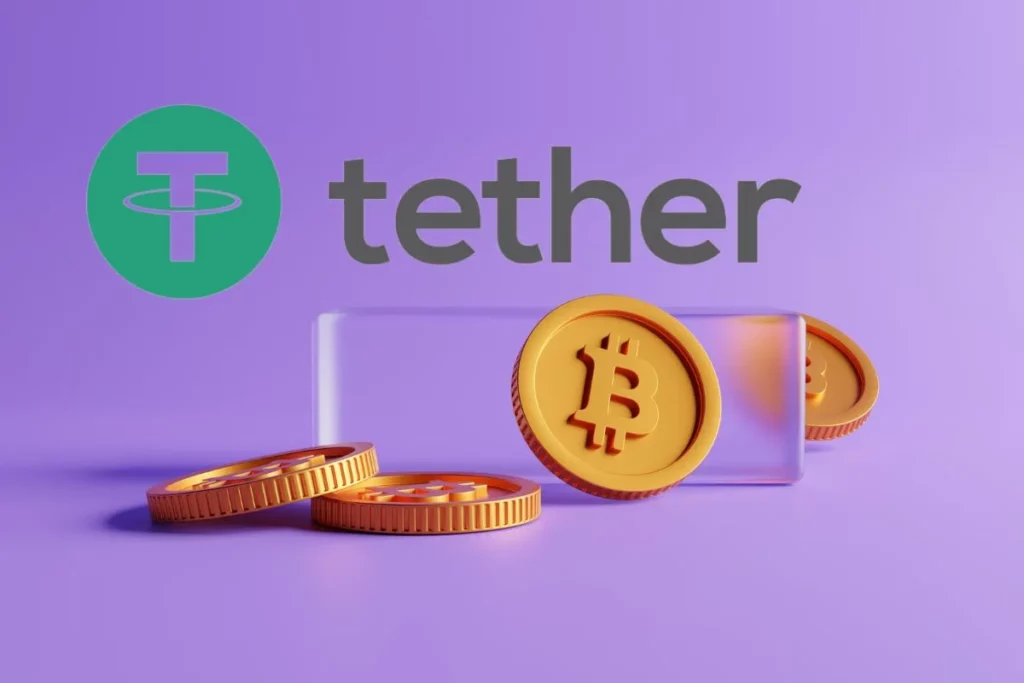Tether, the company behind the widely-used cryptocurrency stablecoin USDT, is going through some important changes in its strategy. They’re going to stop supporting USDT tokens that are based on the Omni protocol, Kusama, and the Bitcoin Cash-based Simple Ledger Protocol (SLP).
Tether’s decision comes after considering the challenges of maintaining USDT on these networks. This includes things like making sure it’s secure, providing good customer support, following regulations, and keeping up with oversight. They’ve realized that it’s not practical to continue supporting these networks without enough activity.
Starting from August 17, users won’t be able to create new USDT tokens on these platforms anymore. Tether will help users exchange their tokens from these networks for the next year, and you can still use independent exchange platforms.
Tether’s Emphasis on Bitcoin
Tether is a bit disappointed with how USDT was doing on the Omni protocol, which was the first platform it was launched on back in 2014. But as new ways of using cryptocurrencies came up, many exchanges started to prefer these new options over Omni.
Still, Tether believes in the potential of Omni. They think that if more people use Omni’s decentralized exchange and token system, including things like NFTs, they might start considering using USDT on Bitcoin through Omni again.
Even with all this, Tether is still very much supportive of Bitcoin. They see Bitcoin as one of the safest, most checked, and most decentralized blockchains ever made. They’re working on something called RGB, which are smart contracts that will work with Bitcoin and the Lightning Network. Tether plans to release USDT on this system, which they think will make Bitcoin’s ecosystem even stronger and more capable.
Read More: DeFi Weekly Roundup: Curve Finance vows reimbursement, Zunami Protocol hits and more
How Tether’s Decision Could Affect Bitcoin
Tether deciding to stop supporting USDT on Bitcoin could be a risk for the Bitcoin market. Lots of people use USDT for trading cryptocurrencies, and if there’s less USDT available on the Bitcoin Omni system, it might mean there’s less money moving around, which can make the prices less stable and more uncertain. This shift could push Bitcoin’s price down, which we’ve seen recently with it dropping to $26,220.
The recent drop in Bitcoin’s price is influenced by a few things: Tether’s decision, Elon Musk selling his Bitcoin, and other parts of the market also having a bit of a sell-off. People are paying close attention to what Musk is doing because it might give hints about new investments. Bitcoin’s price recently went down by 10%, reaching $26,220, and it seems like it might keep going down.
What Might Happen to Bitcoin’s Price
Bitcoin’s price has gone down quite a bit, falling from about $29,000 to around $26,000 in a short time. Right now, it seems to be finding support around $26,200, but it’s a bit unclear.
If we look more closely, there’s a chance that the price might go up, which the Relative Strength Index (RSI) and Moving Average Convergence Divergence (MACD) indicators show since they’re saying the price might have dropped too much. This could mean the price might go up if it stays above $26,200.
On the other hand, there are important levels at 23.6% and 38.2% that act like strong support and resistance points. $25,600 is a level where the price might find support, and $26,800 and $27,200 are where it could face resistance.
Read More: Cryptocurrency Market Loses $1 Billion in 24 Hours
If things keep changing, Bitcoin could face the next resistance level at $28,000, which is based on the Fibonacci correction level of 61.8%.
However, if it goes below $26,200, it might go down even more, possibly to $25,600. Right now, $26,200 is a really important level, and people might start buying more if the price gets close to it. But if it goes below, it could lead to more people selling.


